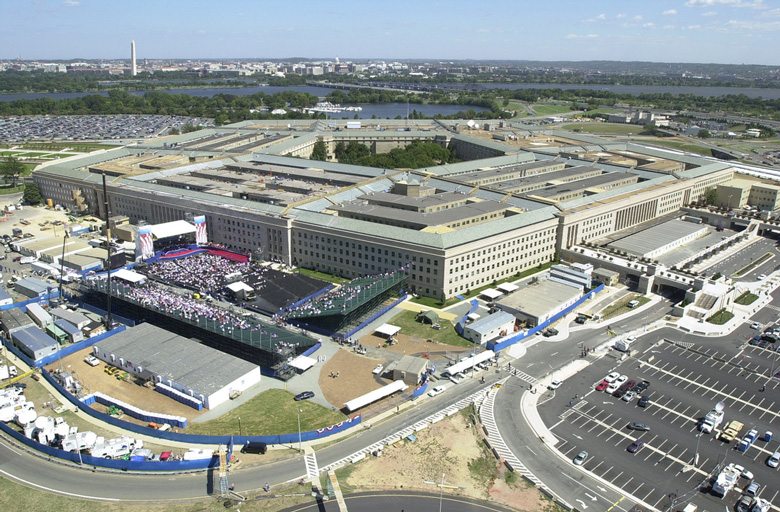If sequestration is triggered next week, unpaid furloughs for civilian Defense Department employees will start in late April, Pentagon officials said here today.
Sequestration is a provision in budget law that will trigger major across-the-board spending cuts March 1 unless Congress agrees on an alternative.
DOD Comptroller Robert F. Hale told reporters at a Pentagon news conference that if sequestration happens, the department will cut virtually every program and investment, and that almost all civilian employees will feel the pain.
Jessica L. Wright, the acting undersecretary of defense for personnel and readiness, said that sequestration and the continuing resolution — a temporary funding measure for the federal government that’s set to expire March 27 — also will have a devastating on military personnel.
“But on our civilians, it will be catastrophic,” she added.
“Everything is going to be affected, should sequestration go in effect,” Wright said. “That’s a guarantee. I think that everybody will be impacted by this action. And I think it’s incumbent upon us to try to ease that where we can.”
The department already has taken actions to alleviate some of the pressures. DOD has slowed spending, instituted a hiring freeze, ordered layoffs for temporary and term employees and cut back base operations and maintenance.
If sequestration hits, this pain will seem minor by comparison. Operations and maintenance funding is the only way to provide the $47 billion in required cuts for the remainder of the fiscal year, which ends Sept. 30.
Within a year, two-thirds of the Army combat brigade teams will be at unacceptable levels of readiness, Hale said. Most Air Force units not deployed will be at an unsatisfactory readiness level by the end of the year. Navy and Marine Corps readiness also suffer, Hale said.
The process of furloughing civilians began today, with Defense Secretary Leon E. Panetta sending notification to Congress. “That starts a 45-day clock ticking, and until that clock has run out, we cannot proceed with furloughs,” Hale explained.
If sequester happens, each employee will be notified. “That starts a 30-day clock — waiting period — before we can take any action,” the comptroller said. “The bottom line is furloughs would not actually start for DOD employees until late April, and we certainly hope that … in the interim, Congress will act to de-trigger sequestration.”
The vast majority of DOD’s almost 800,000 civilian employees will be furloughed, Wright said. DOD civilians in a war zone and political appointees who are confirmed by the Senate will not be furloughed. Nonappropriated fund employees and local national employees will not be affected.
Limited exceptions will be made for the purposes of safety of life and health, Wright said, such as firefighters and police. And if a military hospital has only one neonatal nurse, for example, that person could be exempted, she added.
While military personnel accounts are exempt from sequestration, there will be second- and third-order effects, Wright said. For example, hours at exchanges and commissaries could be affected, and family programs could be reduced or cut. It is unclear at this point how DOD Education Activity schools will be affected.
The spending cuts will affect military health care, as some 40 percent of the personnel working in the system are civilians. Elective surgeries could be delayed or eliminated, and costs cannot be shifted to the TRICARE military health plan, because that program also will be hit by cuts.
Affected employees would be furloughed for 22 discontinuous days — 176 hours — between implementation and the end of fiscal 2013, with no more than 16 furlough hours per pay period.
Fiscal 2013 is just the beginning of a decade of budgetary problems, Hale said.
“The Budget Control Act actually requires that the caps on discretionary funding beyond fiscal ’13 be lowered for defense by $50 billion to $55 billion a year,” he said. “If those come to pass, then we will have to look at a new defense strategy. That would be the first thing that we’d do.”
The new strategy would accept more risk and also be based on having a smaller military.
For now, officials “devoutly would wish for some budget stability right now,” Hale said. “And I think it would benefit the department and the nation.”











